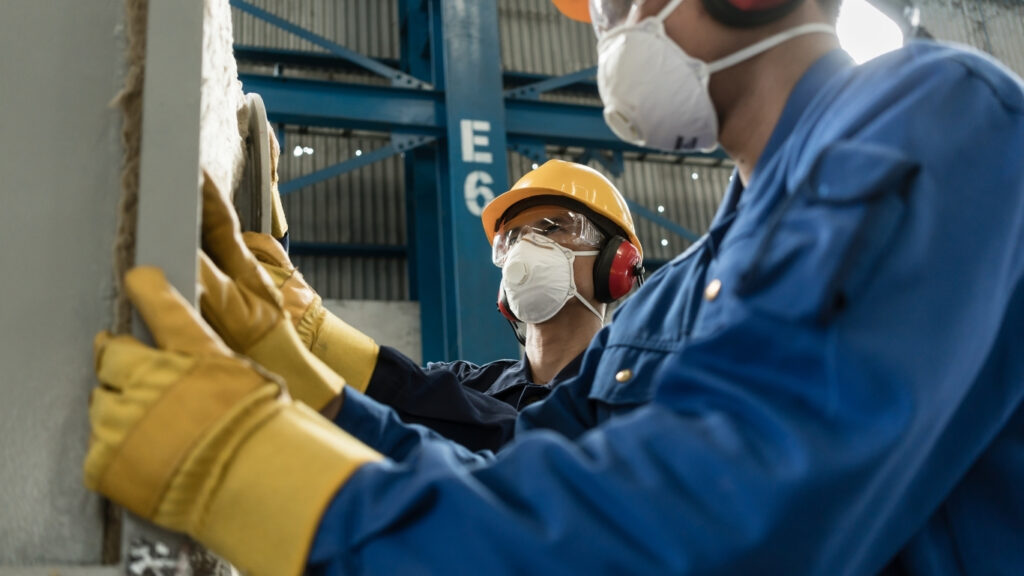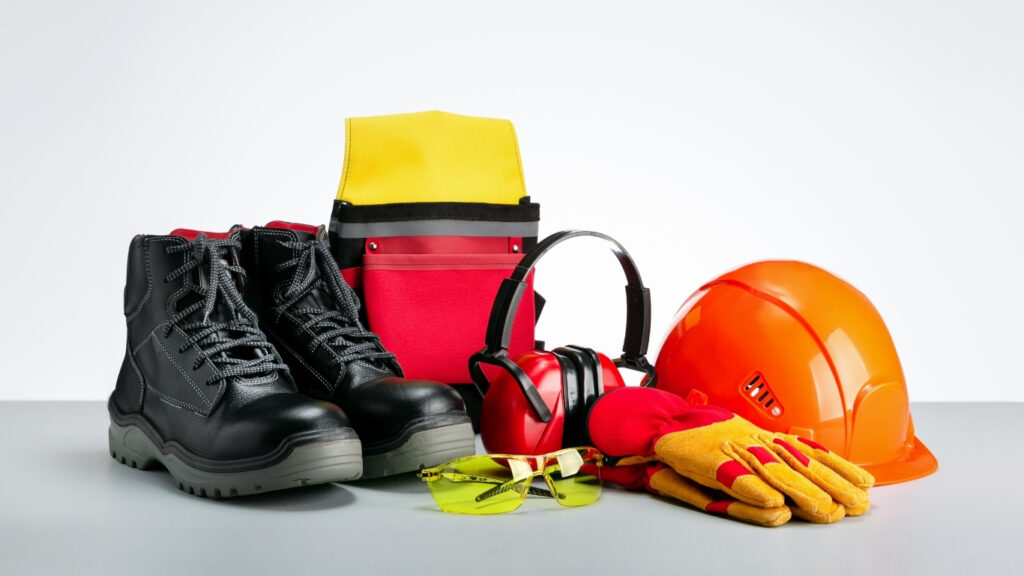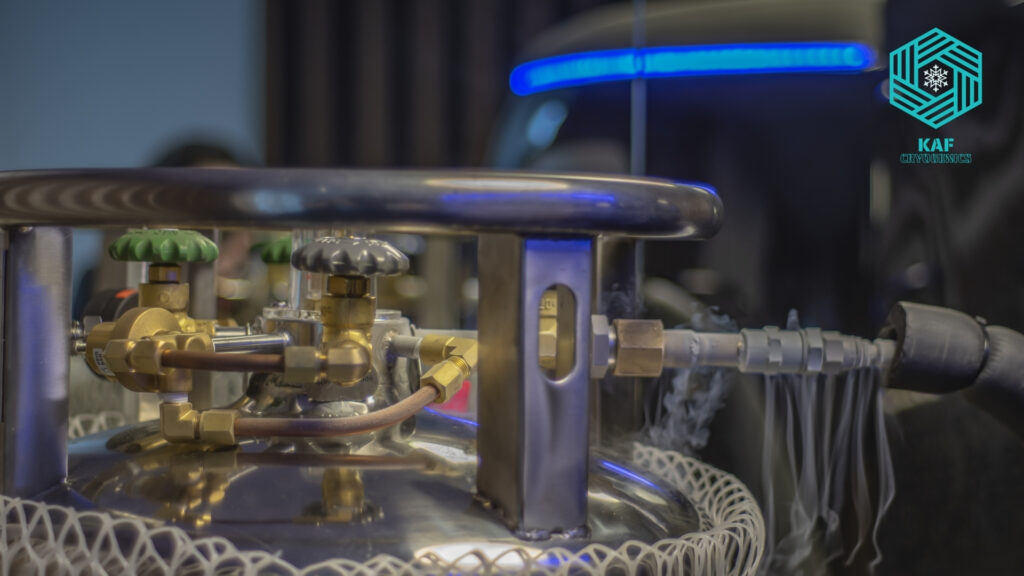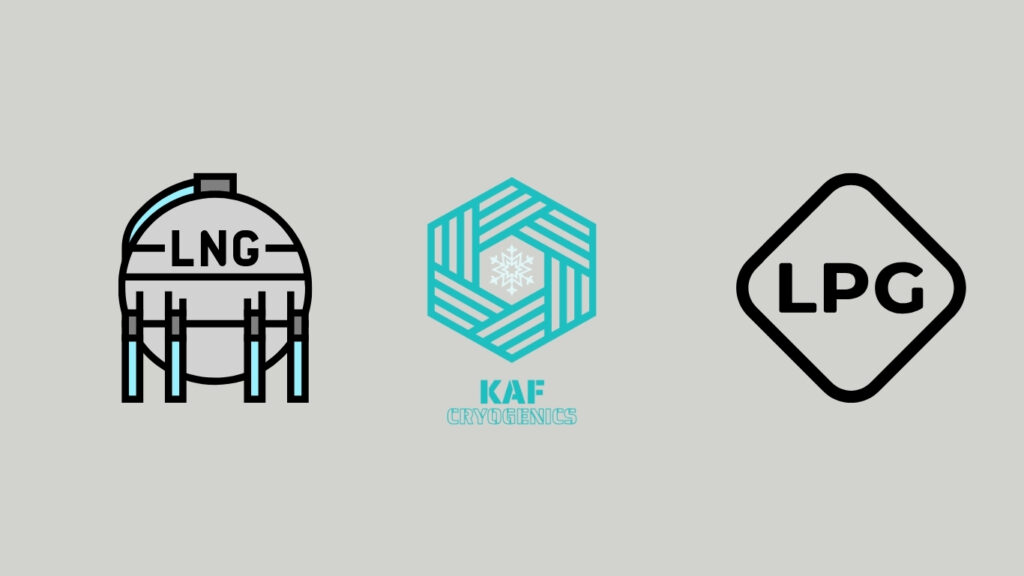Cryogenic Safety Measures: Protecting Personnel and Equipment
Prioritizing Safety in Extreme Cold Environments
Cryogenic technology, essential in sectors ranging from aerospace and energy to healthcare and industrial gas supply, relies on the use of liquefied gases at extremely low temperatures. These substances, such as liquid nitrogen, oxygen, and helium, must be handled with utmost care. The risks posed by cryogenic materials are unique: frostbite, material embrittlement, oxygen displacement, and pressure buildup can all lead to serious injuries or equipment failures if not properly managed.
In this detailed guide, we explore comprehensive cryogenic safety measures that protect both personnel and equipment, ensuring reliable and secure operations in environments where ultra-low temperatures are part of daily work.
Understanding Cryogenic Hazards
Common Risks of Cryogenic Operations
- Extreme Cold Exposure: Direct contact with cryogenic liquids or surfaces can cause severe burns, tissue damage, and frostbite.
- Material Embrittlement: Some metals and materials become brittle at cryogenic temperatures, increasing the risk of structural failure.
- Oxygen Deficiency: Cryogens like nitrogen and helium displace oxygen, potentially causing asphyxiation in poorly ventilated areas.
- Pressure Buildup: Rapid vaporization of cryogenic liquids can cause excessive pressure in closed systems, leading to explosive ruptures.
- Condensation of Atmospheric Oxygen: Liquid nitrogen can condense atmospheric oxygen, increasing fire risks.
Importance of Risk Assessment
Before initiating any cryogenic operation, a thorough risk assessment should be performed. This includes:
- Identifying all cryogens used
- Understanding storage and transfer methods
- Reviewing facility ventilation
- Evaluating exposure potential
- Planning for emergency scenarios
Personal Protective Equipment (PPE)
Essential PPE for Cryogenic Work
- Face Shields and Safety Goggles: To prevent splashes from reaching the eyes and face.
- Cryogenic Gloves: Specially designed to insulate and resist rapid freezing upon contact.
- Aprons and Lab Coats: Provide a barrier between skin and cryogenic materials.
- Long Pants and Closed-Toe Shoes: Ideally flame-resistant and non-absorbent.
Proper Usage Guidelines
- Ensure gloves are loose-fitting to allow quick removal in case of spills.
- PPE should be dry and undamaged before use.
- Regularly inspect all PPE for wear and degradation.
Engineering Controls and Equipment Design
Safe Cryogenic Equipment Design
Cryogenic systems should include:
- Double-walled, vacuum-insulated vessels to minimize heat transfer
- Pressure relief valves and rupture discs for overpressure protection
- Automated venting systems to manage gas expansion
- Leak detection sensors for early warning
Facility Safety Enhancements
- Oxygen monitoring systems in enclosed spaces
- Non-slip flooring to prevent ice-related slips
- Explosion-proof lighting and wiring in high-risk zones
- Clearly marked emergency exits and spill kits on-site
Safe Storage and Handling Practices
Storage Protocols
- Store cryogenic liquids in approved, labeled containers
- Keep containers upright and secured to prevent tipping
- Avoid overfilling and allow for thermal expansion
- Position storage away from direct sunlight and heat sources
Handling Guidelines
- Use tongs or tools instead of hands when manipulating cold materials
- Never seal cryogenic liquids in a container without a vent
- Open lids slowly to control pressure release
- Transport with appropriate carriers to prevent spills or tipping

Ventilation and Atmospheric Monitoring
Importance of Adequate Ventilation
Asphyxiation hazards are often underestimated. Proper ventilation ensures:
- Displacement gases like nitrogen don’t accumulate
- Evaporated gases are safely dispersed
- Oxygen levels remain safe for occupancy
Implementing Monitoring Systems
- Install continuous oxygen monitors with alarms below 19.5% O2
- Use portable detectors during maintenance or confined space work
- Calibrate sensors regularly to maintain reliability
Emergency Preparedness and Response
Spill Response
- Evacuate the area immediately
- Allow the cryogen to evaporate in a well-ventilated space
- Do not attempt to clean with water (may lead to boiling or splatter)
First Aid for Cryogenic Exposure
- Skin Contact: Remove contaminated clothing and rinse with warm water
- Eye Exposure: Flush eyes with water for 15 minutes and seek medical help
- Inhalation: Move victim to fresh air; administer oxygen if trained to do so
Fire and Explosion Protocols
- In cases of oxygen enrichment or condensation, remove ignition sources
- Alert fire response teams trained in cryogenic incidents
- Isolate gas supply and initiate facility shutdown if needed
Training and Organizational Safety Culture
Developing Competent Personnel
- Provide initial and recurring safety training
- Use hands-on demonstrations and practical assessments
- Emphasize proper equipment handling and emergency drills
Promoting a Culture of Safety
- Encourage personnel to report hazards or near-misses
- Conduct regular safety audits and inspections
- Empower staff to pause work if unsafe conditions are observed
Regulatory Compliance and Best Practices
Industry Standards to Follow
- OSHA 29 CFR 1910 Subpart H – Hazardous materials
- ISO 21029 – Cryogenic vessels
- CGA (Compressed Gas Association) Guidelines
- NFPA 55 – Compressed gases and cryogenic fluids code
Documentation and Record Keeping
- Maintain Safety Data Sheets (SDS) for all cryogens
- Document training records, inspections, and maintenance logs
- Ensure emergency procedures are accessible and updated
Partnering with Experts: KAF Cryogenics’ Safety Commitment
At KAF Cryogenics, we understand that the integrity of cryogenic systems depends on both technical design and operational safety. Our engineering and compliance teams:
- Design systems with integrated safety mechanisms
- Offer onsite safety consultations and training
- Help clients meet international standards with customized solutions
For expert support and cryogenic systems engineered for safety, contact KAF Cryogenics today.
Cold, Controlled, and Secure: The Future of Cryogenic Safety
Cryogenic safety is a dynamic field that continues to evolve alongside technological advancements. By investing in rigorous protocols, advanced engineering, and ongoing education, industries can ensure their teams and assets are protected—even in the coldest, most volatile environments.
At KAF Cryogenics, safety is more than a feature—it’s a promise built into every product we deliver. Let us help you create a safer, colder, and more efficient future.
Stay informed and stay safe. Follow KAF Cryogenics for the latest insights on cryogenic safety and innovation.



